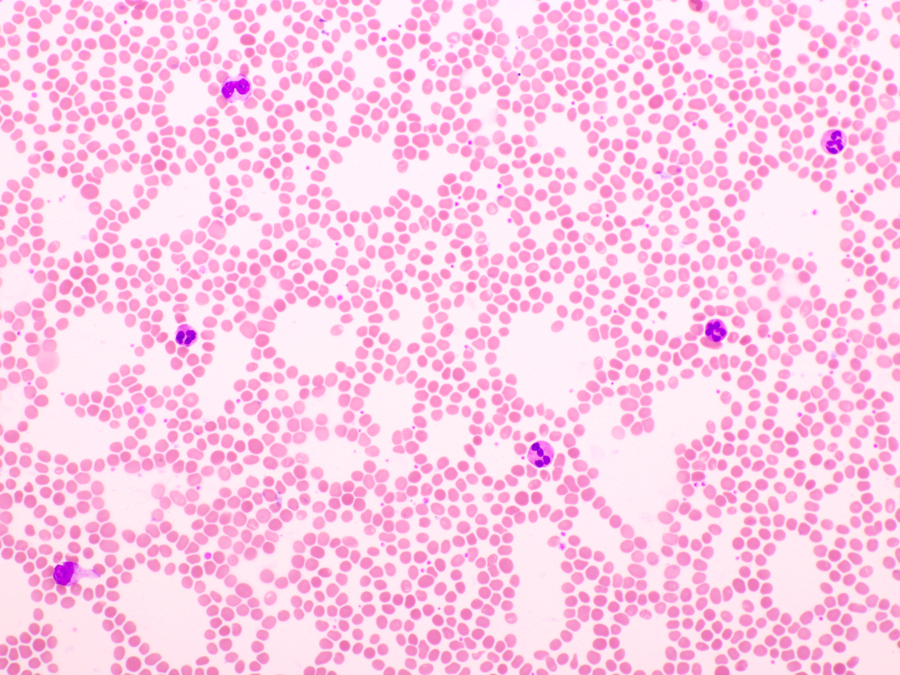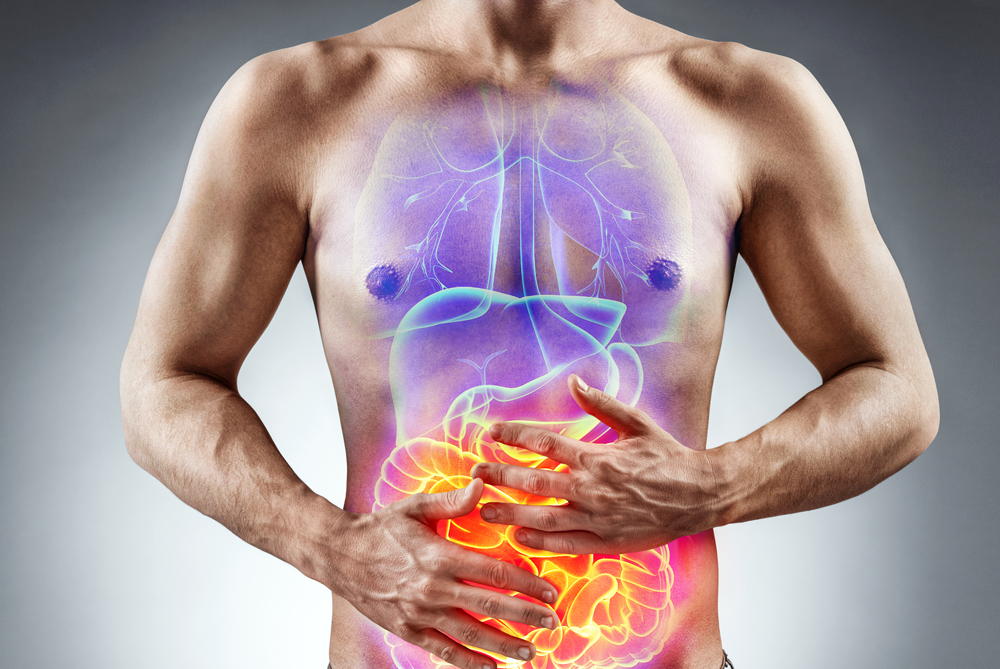Many pathogens, such as viruses, bacteria or parasites try to invade our body everyday. The job of the immune system is to identify and destroy those invaders. There are 3 different levels of protections conferred by the immune system: physical barriers, innate immunity and acquired immunity.
Physical barriers
The skin and mucous membranes (nose, eyes, digestive tract…) physically prevent the entry of pathogens inside our body. The cells are linked by tight junctions that the pathogens cannot cross. This is the first way our body can protect itself against invaders .
Innate immunity
White blood cells are responsible for detecting non-self patterns on pathogens and destroying them. Every cell in your organism has a «tag» that proves that it belongs to you. The cells of the innate immunity travel in the whole body «asking» every cell for this tag. When they cross a cell that cannot «show the tag», they destroy it, no matter if it is a bacteria, a virus, or anything else . This kind of defense is instant upon entry of the pathogen in the organism.

Acquired immunity
Other white blood cells can detect specifically a precise pathogen and destroy it. To do so, specific B cells and T cells are needed. B cells are specialized in producing antibodies, specific to pathogens. T cells are divided in 2 main groups called helper (auxiliary) cells and cytotoxic cells. T helper cells stimulate B cells and help other white blood cells activation. T cytotoxic cells recognize specific parts of a pathogen and kill it. This kind of defense takes 5-7 days to be effective[1].
Memory immunity is a part of the acquired immunity as some of the cells implied in the destruction process will stay in the blood for many years. They are called memory T cells or B cells. Some antibodies also stay in the circulation for several years. It makes the immune response faster and more effective when a pathogen is encountered a second time.
Vaccines: how do they work?
Vaccines are the perfect example of memory immunity. A vaccine is made of a non-infectious (weakened or dead) pathogen or parts of a pathogen. When injected in our body, the vaccine is recognized by the immune system and cleared from the organism[1]. The T and B memory cells created upon this «fake infection» stay in the blood and are ready to fight if the same pathogen tries to infect our body again. This is how a pathogen that could kill you (eg. Pneumococcal infection) becomes less dangerous.
[1] Parham Peter, The immune system, Chapter 14, 3rd edition, Garland Science, 2009, 506p
Memory immunity is a part of the acquired immunity as some of the cells implied in the destruction process will stay in the blood for many years. They are called memory T cells or B cells. Some antibodies also stay in the circulation for several years. It makes the immune response faster and more effective when a pathogen is encountered a second time.


What happens when it doesn’t work properly
Allergies are a side effect of our clean lifestyle in industrialized countries. The immune system is meant to fight against invaders. Since it doesn’t meet a lot of them in comparison with 100 to 200 years ago, it sometimes mistakes «normal» particles as parasites, as it feels it should have more jobs to do .
Cancer cells are also tricky because they evolve fast to evade the immune system. Every time the immune system succeeds to recognize them, they find a new way to hide. That is why it is so difficult to fight cancer.
Auto-immune diseases happen when the immune system tries to destroy a part of our own body. For example, rheumatoid polyarthritis is a disorder where the immune system attacks the joints and ulcerative colitis where it attacks the intestine .
Memory immunity is a part of the acquired immunity as some of the cells implied in the destruction process will stay in the blood for many years. They are called memory T cells or B cells. Some antibodies also stay in the circulation for several years. It makes the immune response faster and more effective when a pathogen is encountered a second time.
Inflammation
Finally, inflammation is a necessary state when a pathogen is present. It helps recruiting immune cells to the infected site. It is also in response to the inflammatory state that we get fever. However, in healthy individuals, inflammation is not normal. This means a healthy immune system should remain silent (at its lower level) until you get infected by a pathogen.
- Parham Peter, The immune system, Chapter 1, 3rd edition, Garland Science, 2009, 506p.
- McComb S et al. Introduction to the immune system, Methods in Molecular Biology, 2019;2024:1-24. Available from: https://pubmed.ncbi.nlm.nih.gov/31364040/ [Accessed 7 December 2020]
- Parham Peter, The immune system, Chapter 10, 3rd edition, Garland Science, 2009, 506p
- Parham Peter, The immune system, Chapter 14, 3rd edition, Garland Science, 2009, 506p
- Parham Peter, The immune system, Chapter 12, 3rd edition, Garland Science, 2009, 506p
- Parham Peter, The immune system, Chapter 13, 3rd edition, Garland Science, 2009, 506p